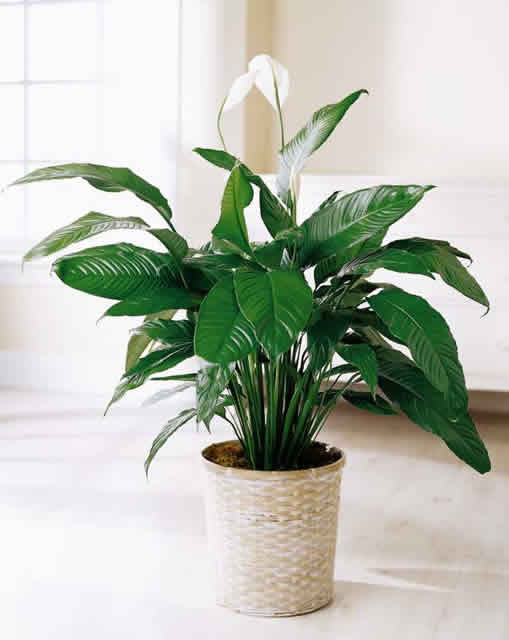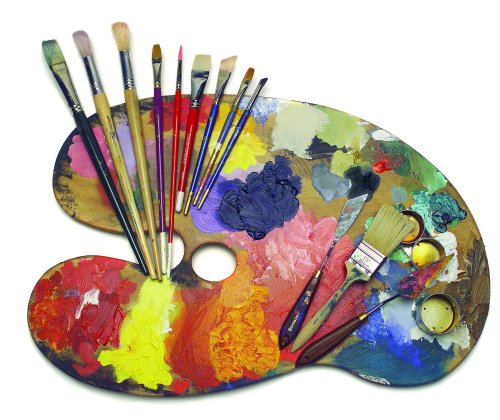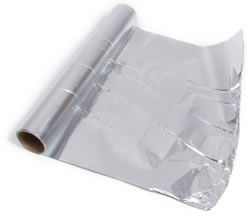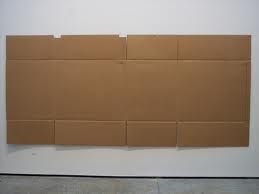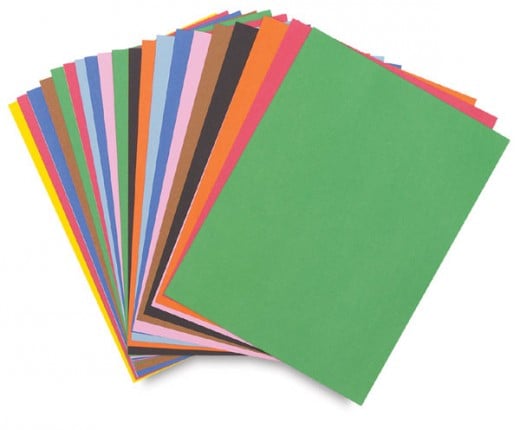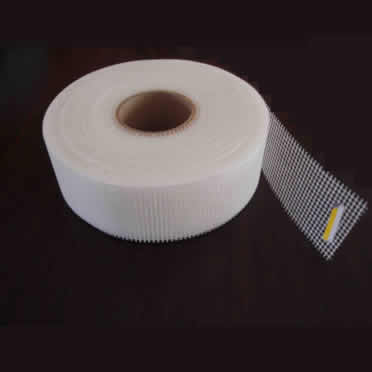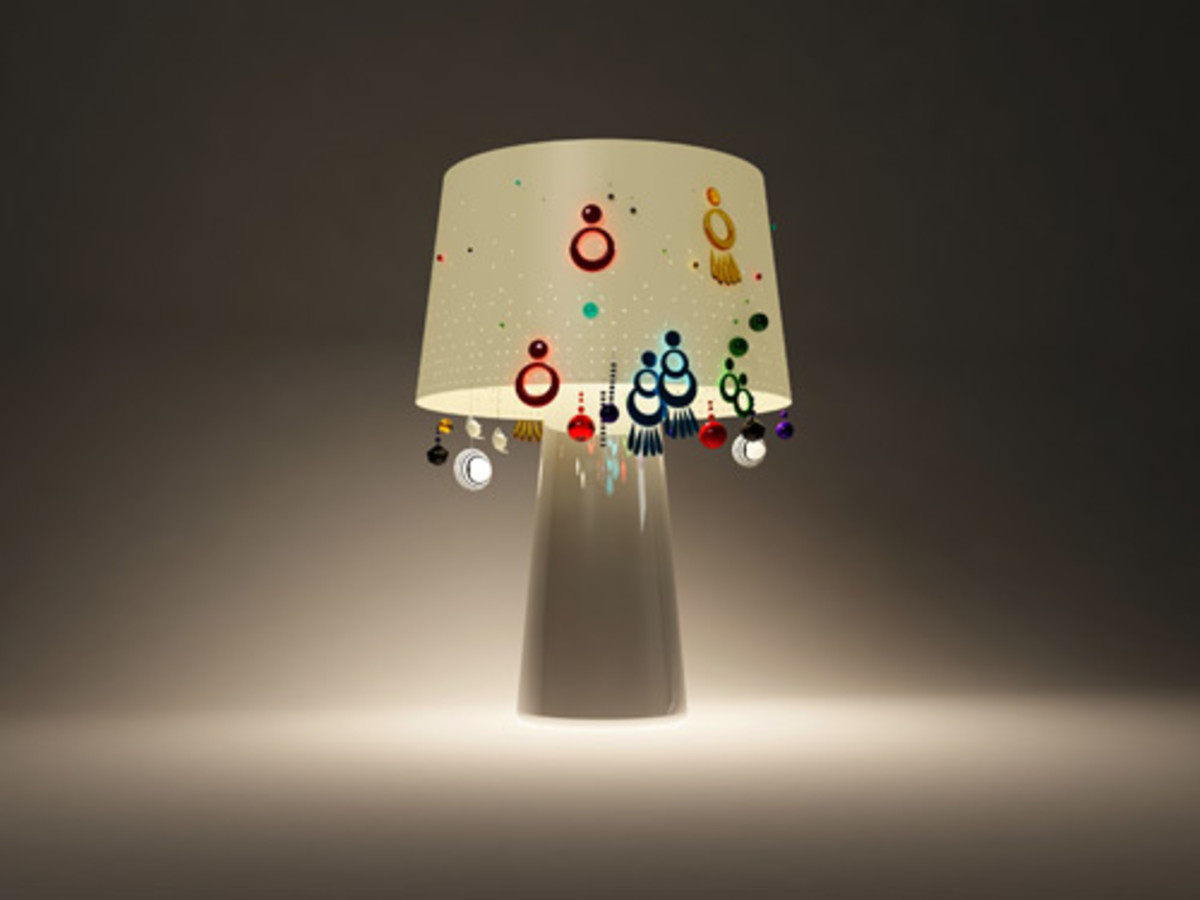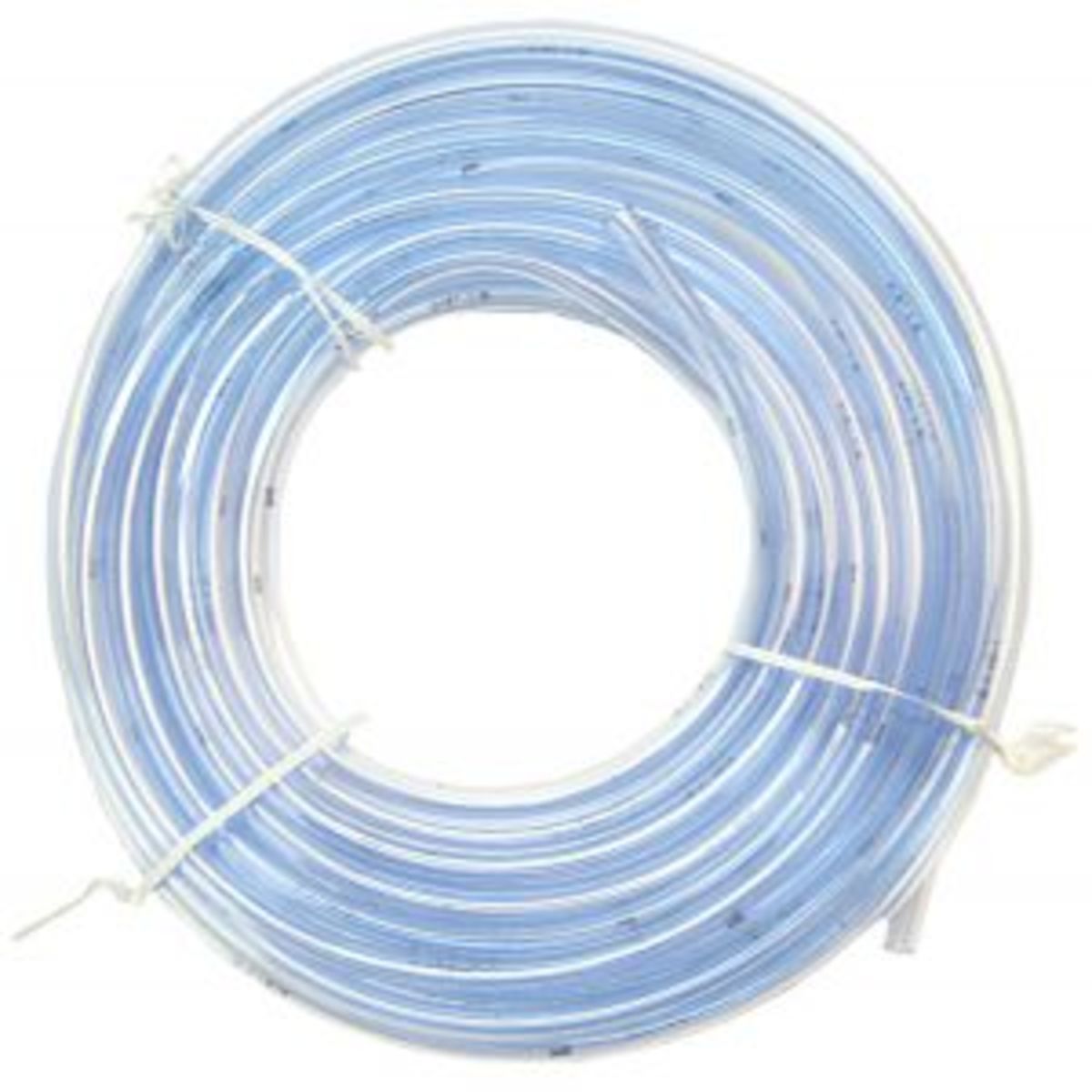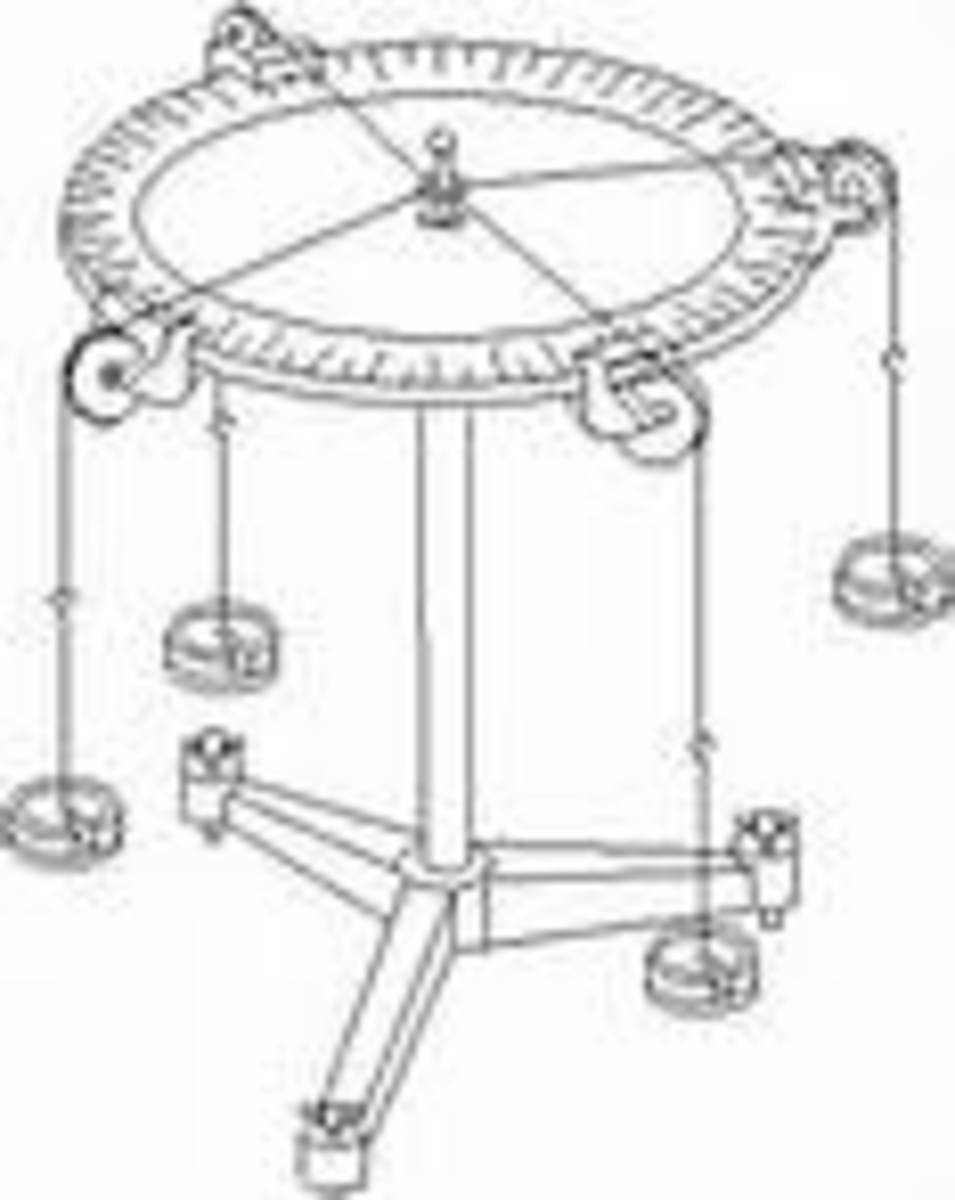Fast and Easy Science Fair Projects: Plant First Aid






This is my 33rd hub on Fast and Easy Science Fair Projects. This one is extremely easy, highly useful and fun! I'm sure you'll enjoy reading and trying out this one too, especially kids! Cheers! =)
Collecting light to benefit plants
Purpose: To increase the amount of sunlight available to a houseplant not getting direct sunlight.
Overview: We have a houseplant that sits on a table where it does not get much light. The table is not near any windows in the room, and the room is sometimes a little dark because of an overhang on the porch outside the only window in the room.
Plants need light. To help the plant out, we constructed a simple device to capture light and bathe the plant in more light than it would normally receive. Since light travels in straight lines but can be reflected, we constructed a three-sided cardboard reflector to collect the light that missed the plant and bounce it back toward the plant.
Hypothesis: A plant exposed to more light, by having a reflector surrounding it, will grow better than one that does not have the reflector. (We consider "growing better" to mean the plant will have wither bigger or more leaves, or will be healthier and grow taller.)
You need:
- 2 large pieces of cardboard
- 2 similar house plants, or batches of growing seedlings
- Aluminium foil
- Adhesive tape
- Black paint or construction paper
- Art supplies (optional)
- Scissors
- 2 months time
Procedure: Obtain two houseplants of the same type that are similar in appearance: about the same height and number and size of leaves. (You could also grow your own.)
Find a location in your home that gets good light but not direct sunlight.
Take a large piece of cardboard, big enough to go around three sides of one houseplant and as all as the plant-or cut one from a larger piece of cardboard. Bend the cardboard in two places to make "wings" that can be angled so that the cardboard can stand up by itself, as shown. In the same way, construct a second three-sided cardboard stand.
To make the stands more attractive, since the project will take some time, use your art supplies to draw, paint, or otherwise decorate the backs of the shields, the convex side that will be facing away from the plants.
Line the inside (the concave side) of one of the cardboard sands with aluminium foil (shiny side out); use pieces of adhesive tape or glue to keep it in place. Paint the inside of the other cardboard stand black, or cover it with black construction paper.
Set up the plants and shields in the location you've found for the project. Position the wings of the cardboard stands mostly open, but closed enough so the cardboard will stand on its own. Place one plant on the concave inside of each cardboard stand so that the two plants will receive the same amount of normal room lighting and not be shaded.
The plants must also be cared for equally. Be sure to water the plants regularly. When you water them, each plant must receive the identical amount of water.
The Constants in the project are the room temperature and the amount of water they receive. The Variable is the amount of reflected light each plant receives.
Results and Conclusion: Write down the results of your experiment. Come to a conclusion as to whether or not your hypothesis was correct.
Something more: If your reflector worked, can it be made smaller so that it is more attractive in a room, yet still gives the same results? Try cutting the size of the reflector in half.
Thanks for reading this one! Hope you liked it! If you want more on Fast and Easy Science Fair Projects, you can try my other Hubs relating to the topic. Here are five of my Latest Hubs on Fast and Easy Science Fair Projects for you:
- Fast and Easy Science Fair Projects: Unwelcome Gusts
This is my 28th hub on Fast and Fair Science Fair Projects. This one is extremely easy and fun! I'm sure you'll enjoy reading and trying out this one too, especially kids! Have fun! ... - Fast and Easy Science Fair Projects: Down-Range Shooter
Purpose: The purpose of this experiment is to determine the angle of trajectory that will give the greatest distance. Overview: When you throw a stone a little upward and away from you, you know that it... - Fast and Easy Science Fair Projects: Floating Along
This is my 25th hub on Fast and Fair Science Fair Projects. This one is extremely easy and fun! I'm sure you'll enjoy reading and trying out this one too, especially kids! Have fun! Buoyancy: The... - http://hubpages.com/hub/Fast-and-Easy-Science-Fair-Projects-Now-Soft-Now-LOUD-amplifying-sound-throu
This is my 32nd hub on Fast and Fair Science Fair Projects. This one is extremely easy, useful and fun! I'm sure you'll enjoy reading and trying out this one too, especially kids! Have fun! ... - Fast and Easy Science Fair Projects: Break the Beam
This is my 31st hub on Fast and Fair Science Fair Projects. This one is extremely easy and fun! I'm sure you'll enjoy reading and trying out this one too, especially kids! Have fun! ...

